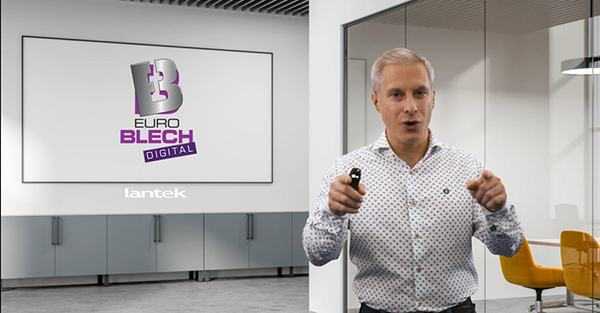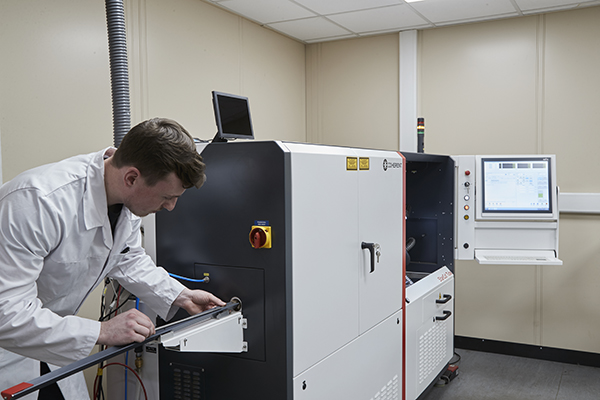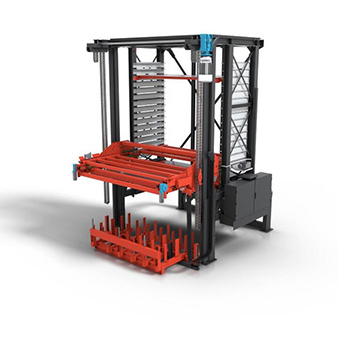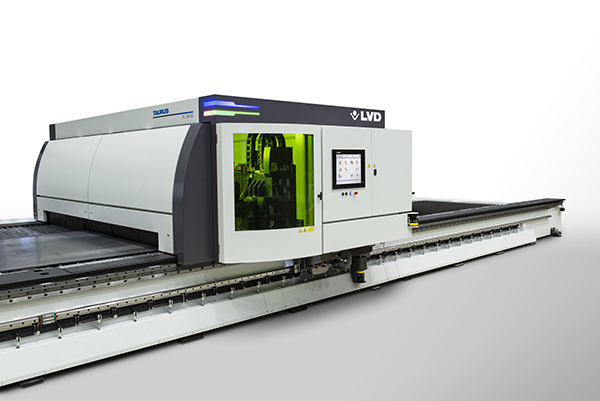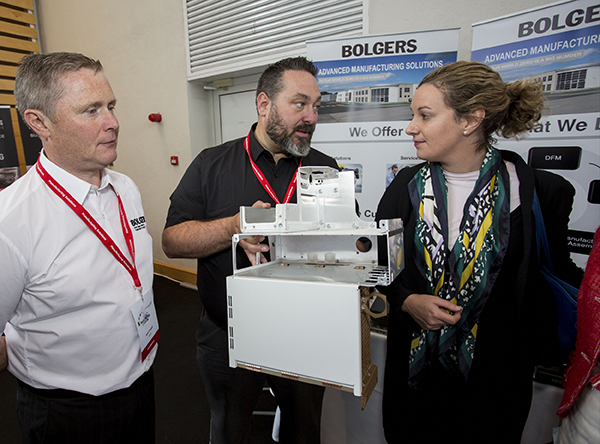
Manufacturing IT expert Lantek had another successful year at EuroBLECH – albeit virtual. The EuroBLECH 2021 Digital Innovation Summit, which took place at the end of last year, was the online version of the trade show for sheet-metal manufacturers. Lantek reports that its full range of manufacturing solutions proved popular with delegates at the digital show.
In particular, the presentation ‘Data: The other raw material of sheet metal – challenges and opportunities’, by Lantek area manager José Antonio Lorenzo, was attended by many online visitors.
“Sheet-metal processing is our business and your business – and we do everything we can to ensure that you work as efficiently as possible,” said Lorenzo during his presentation at the EuroBLECH Digital Innovation Summit.
Lorenzo’s appearance was part of Lantek’s contribution to the EuroBLECH virtual lecture series. In the 15-minute presentation, his main points were solidified with short explainer videos. In a live Q&A that followed, Christoph Lenhard, sales manager for Germany, Austria and Switzerland, posed frequently-asked customer questions to Lorenzo.
In addition to their participation in the lecture series, visitors could also register for personal meetings or connect in real-time with 17 Lantek experts. In these live chats, company specialists answered visitor questions face-to-face and made initial business contacts.
“Interested visitors and customers have embraced this new way of meeting very well,” says Lenhard. “Numerous conversations centred on specific use cases in which our portfolio can be helpful. Many potential clients have realised – through the current crisis – how quickly they must digitise their processes.
“It was a completely new format for all of us, and proved a very good alternative to in-person trade shows,” he adds.
For further information
www.lantek.com






